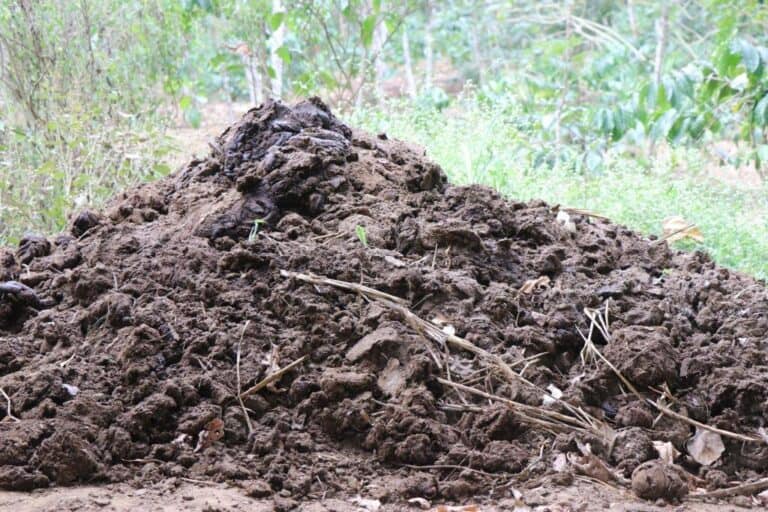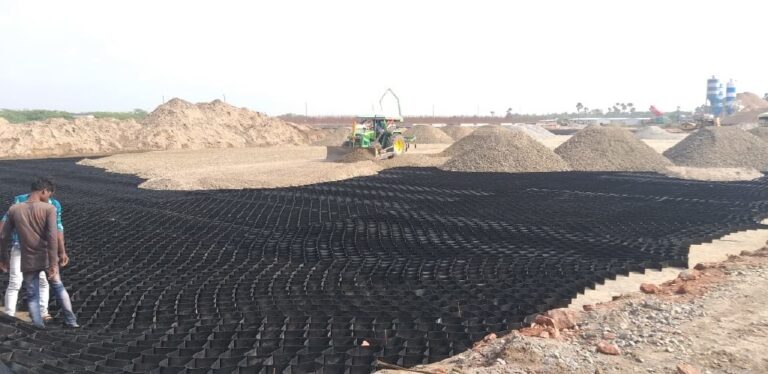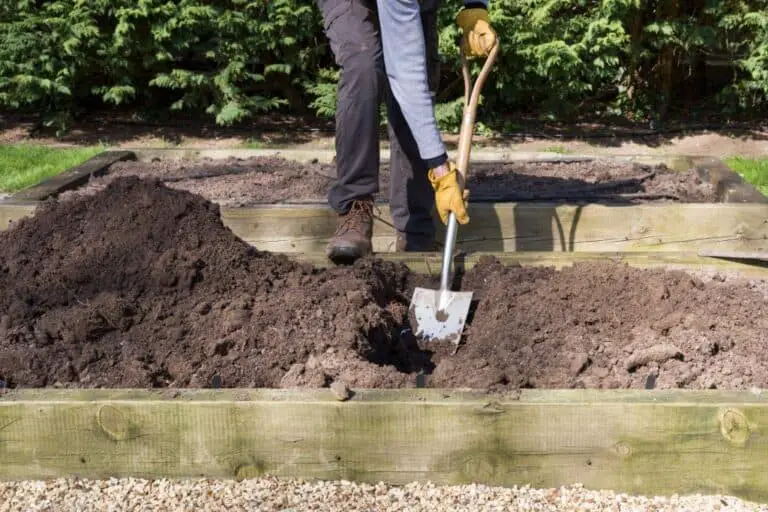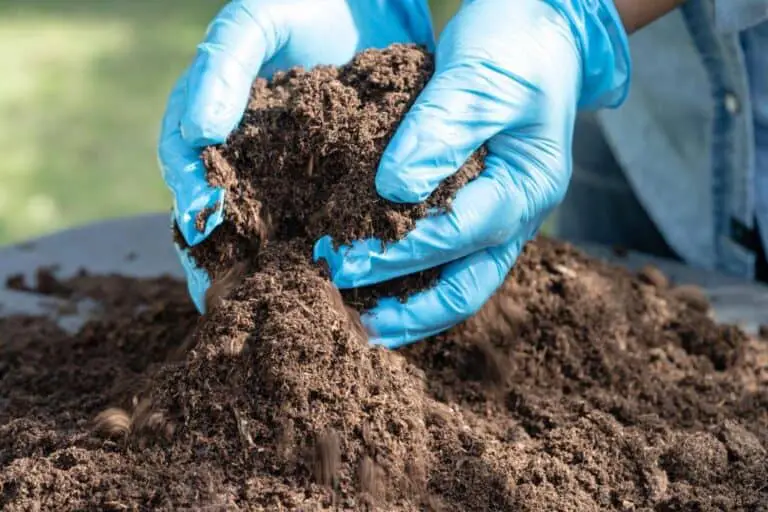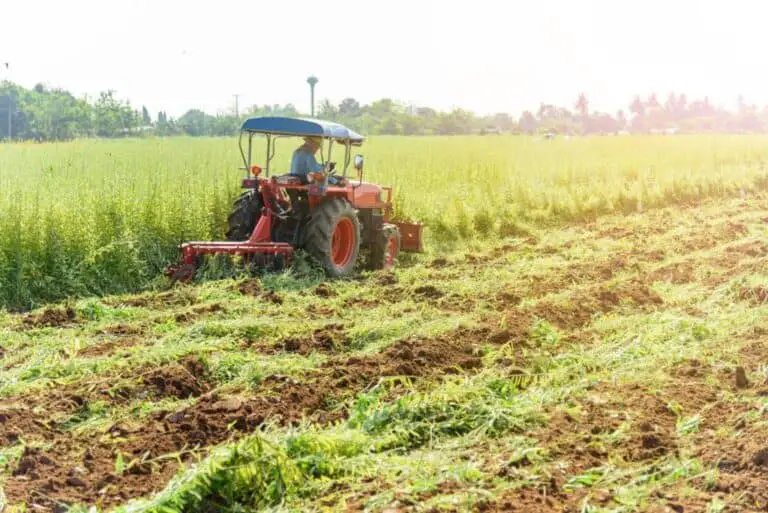How to Sterilize Large Amounts of Soil for Gardening and Agriculture
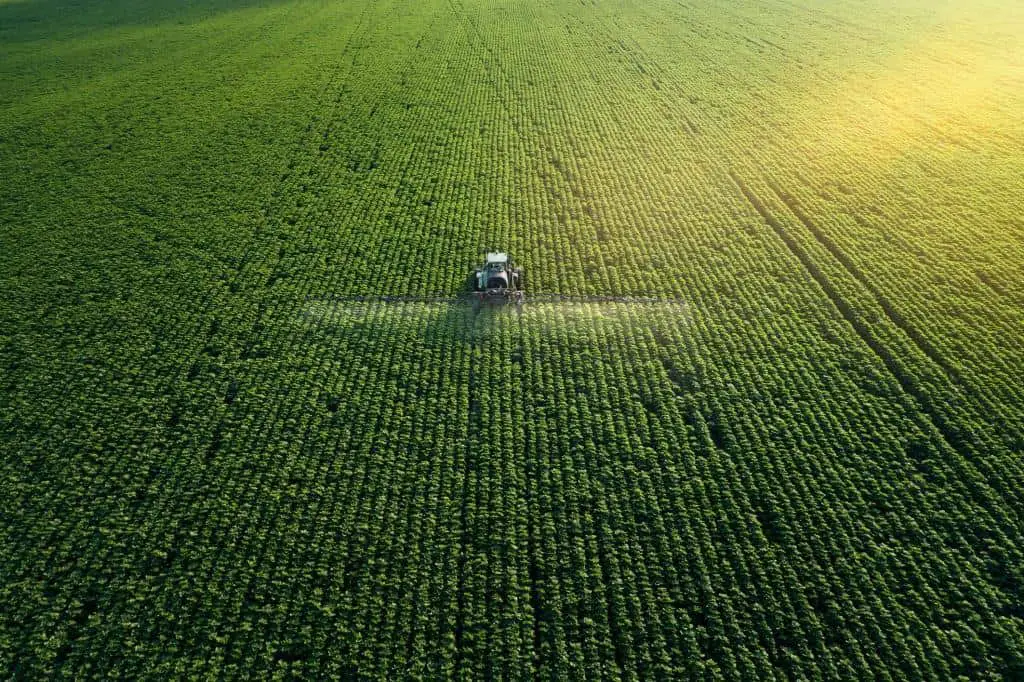
Are you ready to take your gardening and agricultural endeavors to the next level? Picture this: a thriving garden or a lush farm, where every plant grows vigorously, free from the clutches of harmful pathogens and pesky weed seeds. The key to unlocking this botanical paradise lies in soil sterilization, a powerful technique that ensures your soil is clean, fertile, and primed for success.
In this guide, we’ll delve into sterilizing large amounts of soil, equipping you with the knowledge and tools to transform your land into a haven of growth and abundance. Whether you’re a seasoned green thumb or just starting your agricultural journey, mastering these soil sterilization methods is a game-changer.
Get ready to explore the wonders of solarization, harness the might of steam, discover the art of chemical treatments, and embrace the delicate balance of soil pasteurization. So, roll up your sleeves, grab your gardening gloves, and let’s dive into the fascinating world of soil sterilization for gardening and agriculture!
Understanding the Importance of Soil Sterilization
Soil sterilization is the practice of eradicating harmful microorganisms, weed seeds, and insects from the soil to prevent diseases and pest infestations in plants and crops.
Sterilizing soil is crucial for maintaining plant health and maximizing crop yields. We create a clean slate for our plants to thrive without interference from diseases by eradicating harmful pathogens and pests.
Pathogens and pests can wreak havoc on plants, leading to reduced growth, wilting, and even complete crop failure. Sterilizing soil helps minimize these risks and ensure the success of gardening and farming endeavors.
When dealing with vast areas of land, the impact of soil sterilization multiplies significantly. Large-scale projects can reap the rewards of healthy soil, leading to bountiful harvests and robust greenery.
Assessing Soil Sterilization Methods

To achieve soil sterility effectively, it is essential to explore various methods and determine the most suitable approach for your specific needs.
Heat-Based Methods
- Steam Sterilization: Utilizing high-temperature steam, this method effectively kills pathogens and pests present in the soil. Duration and temperature must be carefully controlled to ensure thorough sterilization.
- Soil Solarization: This eco-friendly method uses the sun’s energy to heat the soil, eliminating harmful organisms. Properly preparing the soil and using covering materials optimize solarization results.
Chemical Approaches
- Fumigation: Chemical fumigants are used to kill pests and pathogens in the soil. Safety precautions and precise application methods are vital to ensure efficacy and protect the environment.
- Disinfectants: Applying disinfectants to the soil can help control specific pathogens, making it suitable for certain gardening and agricultural needs.
Non-Chemical Options
- Pasteurization: Employing moderate heat to kill pathogens while preserving beneficial microorganisms, pasteurization is an excellent option for organic farming and gardening.
- Soil Rotation: By rotating your crops and planting different species, you disrupt the life cycles of pests and pathogens that are specific to certain plants. This natural practice helps reduce soilborne diseases over time.
- Cover Cropping: Planting cover crops between growing seasons not only prevents or reduces soil erosion, but this method of soil sterilization also helps kill weeds and improve soil structure. Some cover crops, like mustard or marigold, release natural compounds that inhibit the growth of harmful soil organisms.
Each method of soil sterilization has its advantages and disadvantages, and the choice depends on factors such as the type of crop, environmental impact, and the presence of specific pathogens.
Preparing the Soil for Sterilization
Before commencing the sterilization process, thorough preparation of the soil is essential to ensure optimal results.
- Soil Testing and Analysis: Understanding the soil’s composition, nutrient levels, and pH is crucial for determining the appropriate sterilization method and any necessary amendments.
- Removal of Debris and Unwanted Materials: Clear the soil of weeds, rocks, and any other debris that might impede the sterilization process.
- Ensuring Proper Moisture Content: The soil should have the right moisture content to facilitate effective sterilization. Adjusting the water content ensures the process is efficient.
- Optimizing Soil Texture: Ensuring an even soil texture allows for uniform heat distribution during the sterilization process, preventing any cold spots where pathogens might survive.
Steam Sterilization for Large Soil Batches
Steam sterilization is a widely used method for large-scale soil sterilization, especially in agricultural settings.
- Depending on the scale of the project, set up the necessary equipment, such as steam generators and distribution systems.
- Monitoring the temperature and duration of steam exposure is critical to achieving effective sterilization without damaging the soil’s structure.
- Properly distribute the steam to ensure every part of the soil is subjected to the sterilization process.
- Work with caution to avoid accidents and injuries during the steam sterilization procedure.
How to Sterilize Soil on a Large Amount and Scale
Soil solarization offers a chemical-free and eco-friendly way to sterilize large amounts of soil.
- Knowing how solar energy interacts with the soil and its inhabitants helps optimize the solarization process.
- Properly preparing the soil and using appropriate covering materials traps solar heat, effectively sterilizing the soil beneath.
- The duration of exposure to solar heat depends on factors such as location, time of year, and prevailing weather conditions.
- Ensuring optimal solar energy absorption enhances the effectiveness of soil solarization.
Chemical Soil Fumigation for Large Areas
Chemical sterilization involves using specific chemicals to treat the soil effectively. This method is more commonly used in smaller gardening settings than in large agricultural areas. Here’s how it’s done:
- Select the Chemical: Choose an appropriate chemical sterilizing agent, such as methyl bromide or formaldehyde. Follow the manufacturer’s instructions and safety guidelines for handling and application.
- Prepare the Area: Clear the soil of any debris and loosen it for better chemical penetration.
- Apply the Chemical: Dilute the chemical according to the instructions and apply it evenly over the soil surface.
- Cover the Area: Cover the treated soil with plastic sheets to trap the fumes and create a controlled environment for the chemical reaction to occur.
- Wait for Sterilization: Allow sufficient time for the chemical to work and sterilize the soil effectively.
- Remove Plastic and Aerate: Once the process is complete, remove the plastic sheets and aerate the soil to eliminate any remaining fumes.
It’s important to exercise caution when using chemical soil sterilization methods and follow all safety guidelines.
Soil Pasteurization
Soil pasteurization is another effective technique to control soil-borne pathogens without completely sterilizing the soil. This method involves heating the soil to a lower temperature compared to sterilization, which allows beneficial microorganisms to survive. Here’s how to do it:
- As always, clear the soil of debris and break up large clumps.
- Water the soil to ensure it’s adequately moistened.
- Enclose the soil in a transparent plastic cover to create a greenhouse effect.
- Using a heat source like a portable electric heater, raise the soil temperature to around 140-180°F (60-82°C) for about 30 minutes. This duration is sufficient to kill most harmful pathogens while preserving beneficial microbes.
- Allow the soil to cool down naturally before planting.
Soil pasteurization is an excellent compromise between complete sterilization and keeping the soil biologically active.
Monitoring and Evaluating Sterilization Success
Once you’ve sterilized the soil for gardening or agriculture, the work doesn’t end there. Monitoring and evaluating the sterilization’s success are vital steps to ensure your efforts yield fruitful results. Here’s what you need to do:
1. Conduct soil testing after sterilization to gain valuable insights into the effectiveness of the chosen method. A comprehensive soil analysis confirms the absence of harmful organisms and provides essential information about nutrient levels. This feedback helps fine-tune your future sterilization practices and ensures your plants have the optimal conditions for growth.
2. Stay vigilant and closely observe your plants after planting. Early detection of any signs of lingering pathogens or pests is crucial. Look out for wilting leaves, yellowing, or any abnormal growth patterns. Timely intervention at the first sign of trouble prevents further spread and minimizes potential damage to your crops.
3. Should any issues arise post-sterilization, don’t hesitate to take prompt action. Investigate the cause of the problem and implement appropriate remedies. Whether it’s adjusting irrigation, introducing beneficial insects, or using organic pest controls, addressing issues promptly will safeguard your plants and ensure a successful harvest.
Monitoring and evaluating sterilization success are essential for fine-tuning your gardening or agricultural practices. By staying attentive and addressing any problems that arise, you set the stage for a healthy, thriving garden or a productive crop yield. Remember, proactive management is the key to a successful and rewarding gardening or farming experience.
Is Soil Sterilization Necessary for Container Gardening or Potting Mix?
Soil sterilization is not always necessary for container gardening or potting mix, but it can be a beneficial practice under certain circumstances. Container gardening offers more control over the growing environment, reducing the likelihood of soil-borne diseases and weed infestations. If you’re using commercially prepared potting mix, it usually undergoes sterilization during production to ensure a clean and disease-free product.
However, if you’re reusing old potting mix or collecting soil from your garden, sterilization becomes more relevant. Old potting mix might harbor pathogens or weed seeds, posing risks to your new plants.
To sterilize soil for container gardening, consider using the oven or microwave method to sterilize soil in small quantities. Spread the soil in a thin layer on a baking tray, heat it at 180°F (82°C) for 30 minutes, and allow it to cool before use.
For larger quantities, consider solarization. Pile the soil in a clear plastic bag, moisten it, and tie the bag shut. Place the bag in direct sunlight for about 4 to 6 weeks, allowing the heat to kill off pathogens and weed seeds. Before using the sterilized soil, mix it thoroughly to ensure even heat distribution.
What is the Most Effective Industrial-Scale Soil Sterilization Method?
When it comes to industrial-scale soil sterilization, several methods are available, each with its own advantages and considerations. However, one of the most effective and widely used techniques is steam sterilization.
This method involves the application of high-temperature steam to the soil, typically at temperatures between 140-160°F (60-71°C). The intense heat effectively eliminates harmful pathogens, weed seeds, and pests, creating a clean and fertile environment for plants to thrive.
Steam sterilization offers several key benefits that make it the preferred choice for industrial-scale projects:
1. Comprehensive Pathogen Elimination: The high temperatures reached during steam sterilization ensure the thorough eradication of various pathogens, minimizing the risk of diseases and infections in plants.
2. Efficient Weed Control: Steam sterilization also targets weed seeds, preventing unwanted weed growth and reducing the need for extensive manual weeding in large-scale gardening or agricultural fields.
3. Enhanced Soil Structure: Beyond sterilization, the steam also contributes to improved soil structure, promoting better drainage, aeration, and nutrient retention, all of which are crucial for healthy plant growth.
4. Scalability: Steam sterilization can be easily scaled up to meet the needs of vast areas, making it ideal for large industrial projects.
5. Environmentally Friendly: Unlike some chemical sterilization methods, steam sterilization leaves no harmful residues, making it a more environmentally friendly choice.
While steam sterilization requires specialized equipment and proper management, its effectiveness in eliminating pathogens, promoting healthy soil, and supporting successful plant growth makes it the most preferred and reliable industrial-scale soil sterilization method.
What to Do If the Sterilization Process Fails, and the Soil Remains Contaminated?
If the sterilization process fails, and the soil remains contaminated, it is crucial to take immediate action to address the situation and prevent further damage. The first step is to conduct a thorough assessment of the contaminated soil to determine the extent of the problem.
Soil testing and analysis will help identify the specific pathogens or pests that survived the sterilization attempt. Once the contaminants are identified, it becomes easier to devise a targeted strategy to combat them effectively.
Next, consider employing alternative sterilization methods that might be more effective against the particular pathogens or pests present in the soil. For instance, if chemical fumigation was initially attempted but unsuccessful, exploring heat-based methods like steam sterilization or soil solarization could be a viable option.
Alternatively, consider combining different approaches to create a more comprehensive sterilization process. While the situation may be disheartening, it is essential not to lose hope. With careful planning and proper execution, it is possible to rectify the contamination and set the stage for successful planting and healthy crop growth.
It is also vital to take preventive measures to avoid contamination in the future. Implementing strict hygiene protocols, using disease-resistant plant varieties, and rotating crops can help minimize the risk of pathogens and pests taking hold in the soil.
Regular monitoring and testing of the soil’s health after sterilization and throughout the planting season will ensure any issues are identified early on and promptly addressed. By remaining vigilant and responsive to any signs of contamination, gardeners and farmers can maintain a fertile and disease-free environment for their crops, leading to a flourishing harvest.
Table: Common Contaminants and Alternative Sterilization Methods
| Contaminants | Alternative Sterilization Methods |
| Pathogens (e.g., bacteria, fungi) | Steam Sterilization, Soil Solarization |
| Weed Seeds | Chemical Fumigation, Soil Solarization |
| Soil-Borne Insects | Soil Solarization, Pasteurization |
Conclusion
In conclusion, mastering the art of sterilizing large amounts of soil opens up a world of possibilities for successful gardening and agricultural endeavors. Whether you’re a seasoned farmer managing vast fields or a passionate gardener with ambitions of transforming landscapes, the knowledge and techniques for soil sterilization are indispensable.
By exploring the array of non-chemical and eco-friendly methods like pasteurization, soil solarization, steam treatment, and more, you can ensure efficient microbial eradication in soils. Incorporating these practices, particularly when dealing with industrial-scale soil sterilization and large-area soil decontamination, can safeguard your crops and plants from harmful pathogens, weeds, and pests.
Remember, the health of your soil is the foundation upon which the entire ecosystem of your garden or farm rests. Sterilizing bulk soil may require a little effort, but the rewards of a thriving and disease-free harvest are well worth it. Embrace these techniques, adapt them to your specific needs, and watch your green endeavors flourish like never before.
So, let’s roll up our sleeves and embark on the journey of sterilizing large amounts of soil, paving the way for a fruitful and sustainable future in gardening and agriculture. Together, we can nurture our precious land and grow a vibrant world of botanical wonders.
FAQs on Soil Sterilization for Large-Area Decontamination
What are the risks of not sterilizing soil in gardening and agriculture?
Failing to sterilize soil can lead to serious consequences, such as the spread of soil-borne diseases, pests, and weed seeds. These harmful elements can negatively impact plant health, reduce crop yields, and even result in complete crop failure.
Can I sterilize soil using natural methods without chemicals?
Absolutely! Solarization and soil pasteurization are natural methods that effectively sterilize soil without the use of chemicals. They utilize the sun’s heat or controlled heating to eliminate pathogens and weed seeds.
How long does it take to sterilize large soil batches with steam?
The time needed for steam sterilization depends on factors like soil type and steam temperature. Generally, it takes around 30 minutes to an hour to sterilize large soil batches effectively.
What are the best practices for maintaining sterilized soil over time?
To maintain sterilized soil, avoid introducing contaminated materials, use clean tools and containers, and practice proper sanitation. Regularly monitor for signs of contamination and address them promptly.
Can I reuse sterilized soil for multiple planting seasons?
Yes, you can reuse sterilized soil for multiple seasons. However, maintaining proper sanitation and avoiding contamination between seasons is crucial to preserving its sterility.
Can I sterilize soil contaminated with specific plant diseases?
Yes, specific soil sterilization methods can target and eliminate certain plant diseases. Consult with local agricultural experts or extension offices for guidance on dealing with specific pathogens.
Are there any organic and non-toxic soil sterilization options available?
Yes, solarization and soil pasteurization are organic and non-toxic soil sterilization methods that rely on natural heat without using harmful chemicals.
Can I sterilize soil in colder climates or during winter months?
Sterilizing soil in colder climates or during the winter can be challenging, especially for natural methods like solarization. However, steam sterilization and soil pasteurization can still be effective options if appropriate precautions are taken to prevent freezing.

